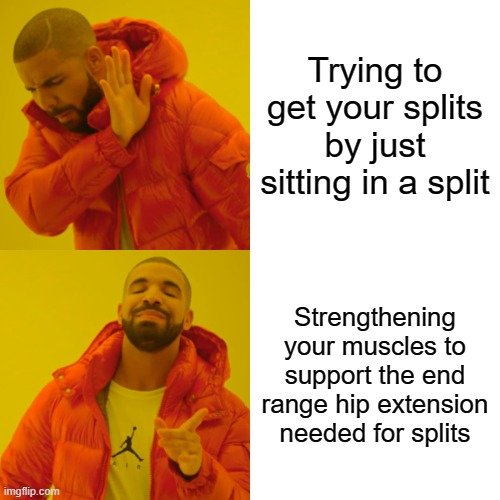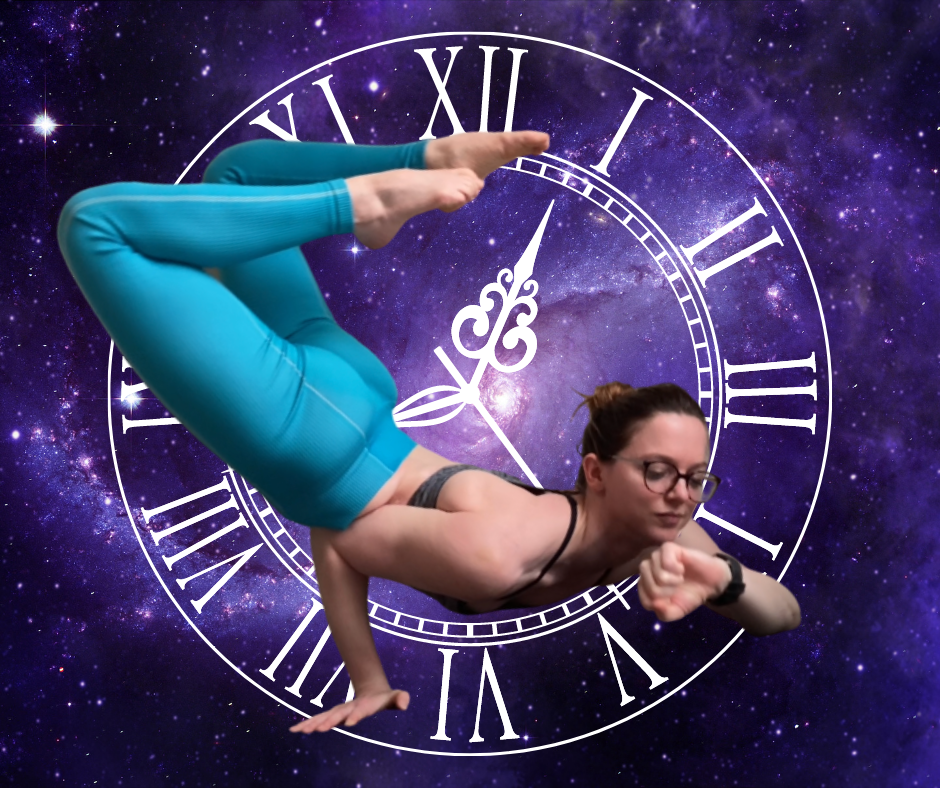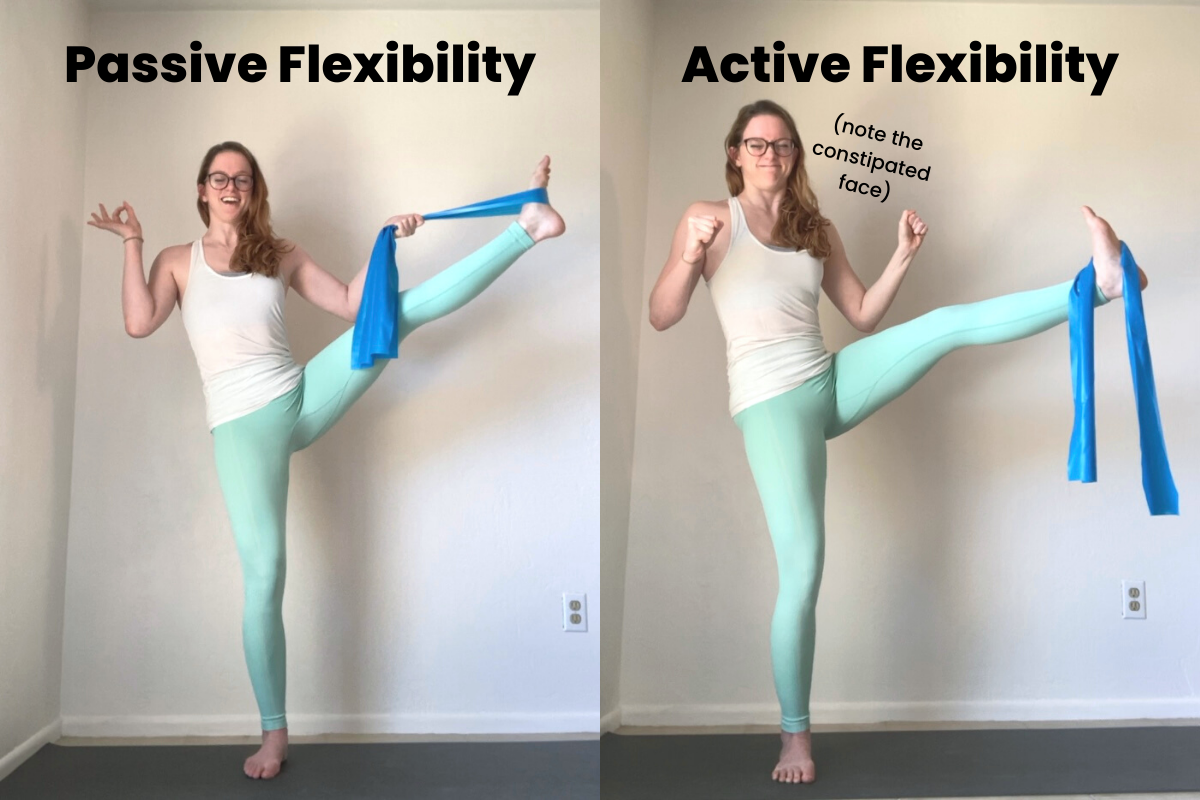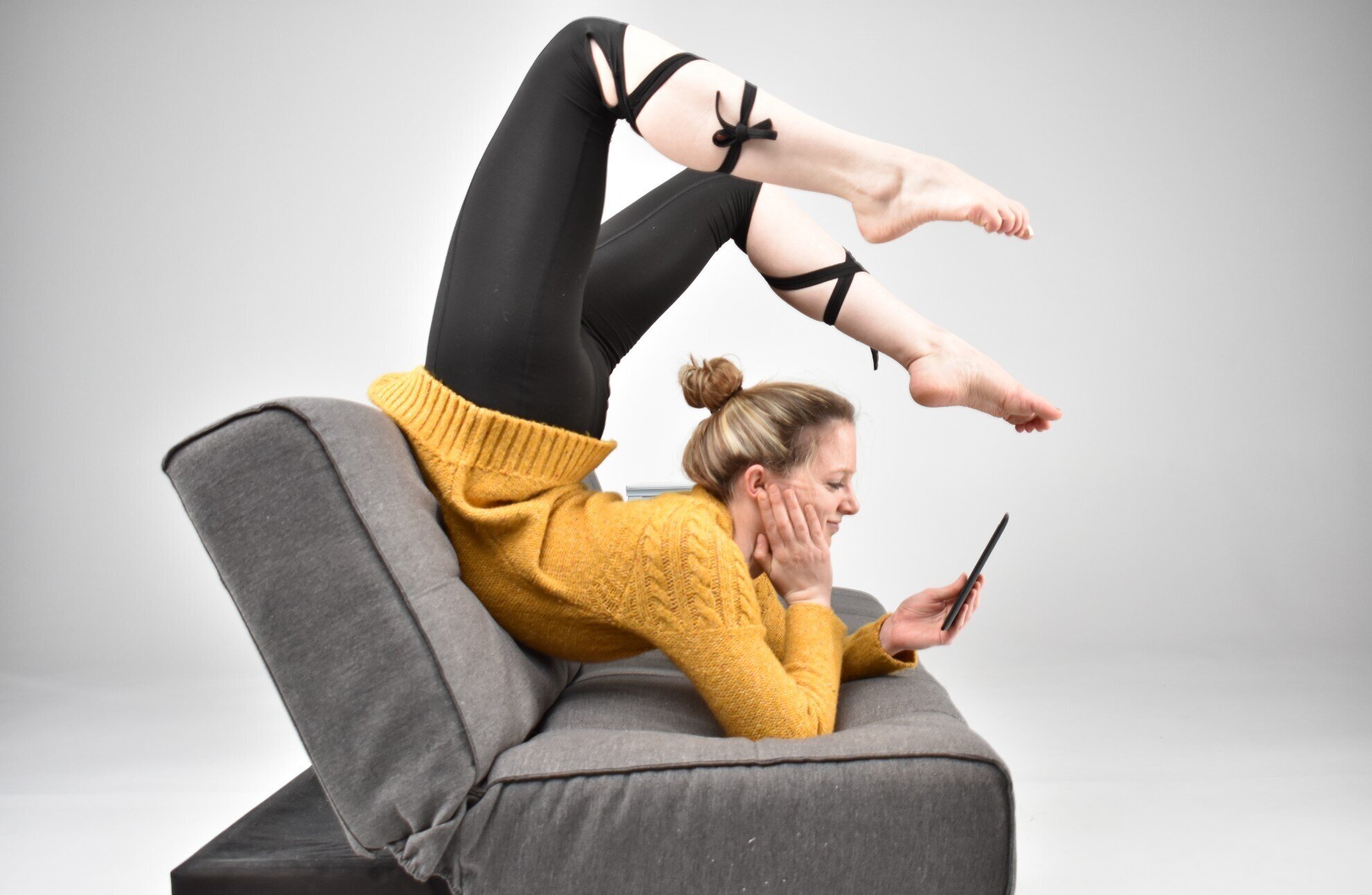TIPS, TRICKS & HOW-TOs
The Bendy Blog: Flexibility Training Articles
Filter posts by topic:
All Posts / Bridges / Contortion / Front Splits / General Back Flexibility / General Flexibility Tips / General Lower Body Flexibility / Middle Splits / Neurodynamics / Shoulders / Straddles / Yoga /

Not Making Progress Stretching? 7 Reasons Why
Generally speaking, most people who have an effective training regimen can expect to see (or feel) some sort of progress in about 4-6 weeks. So if you’ve been diligently stretching for months but aren’t seeing any progress, it’s time to look at your stretching routine.
These are some of the most common mistakes I see people make when it comes to trying to train flexibility that can inhibit progress (or even lead to injury - backwards progress)…

“Diagnosing” Muscle Tightness vs. Nerve Tension
The role of our nervous system on flexibility training is something I wish I learned about way earlier in my training (because, spoiler alert, it needs to be treated totally different from our muscular system). This post is aimed to help get y’all up to speed on the basics of “neurodynamics” in flexibility training so you can start to understand the role your unique nerves play in your own personal training.

Best Practices for Flexibility Training - How to Maximize Progress
I’ve written before about how there are a zillion things from your genetics to how much you slept last night that can impact how long it takes to make progress with your flexibility training (which is also why if someone promises they can “get your splits fast!” you should know they’re full of crap). While there are some things you can’t control (hypermobility disorders, bone structure, etc.) there are plenty of things you CAN influence to optimize your flexibility training

When is the Best Time to Stretch?
If you’re interested in optimizing your flexibility training, you might be trying to find the “best” time to stretch to see the most results. What if you feel stiff every morning when you wake up? Or exhausted after a long work day and struggle to find the motivation? Or work non-traditional hours? When IS the best time?

What is “Active Flexibility” and Why is It So Important?
While passive flexibility involves using external forces to help find a stretch, active flexibility involves using your muscles to support a stretch, or get stronger in that a stretched position.

My Favorite Flexibility Props
I get asked a lot (more frequently now that we’re all quarantined at home) for recommendations for what sorts of yoga blocks to buy for home practice, what foam roller I recommend, or what bow I’m using in my contortion archery videos. So here’s my official Big List of Stuff I’ve Bought for Contortion That I’d Wildly Endorse.

How Frequently Should I Stretch?
Stretching every day may be dedicated, but it’s going to cause more harm than good if you’re trying to make flexibility gains. Rest days are an important part of any flexibility program - read on to see a sample training schedule and learn more.

